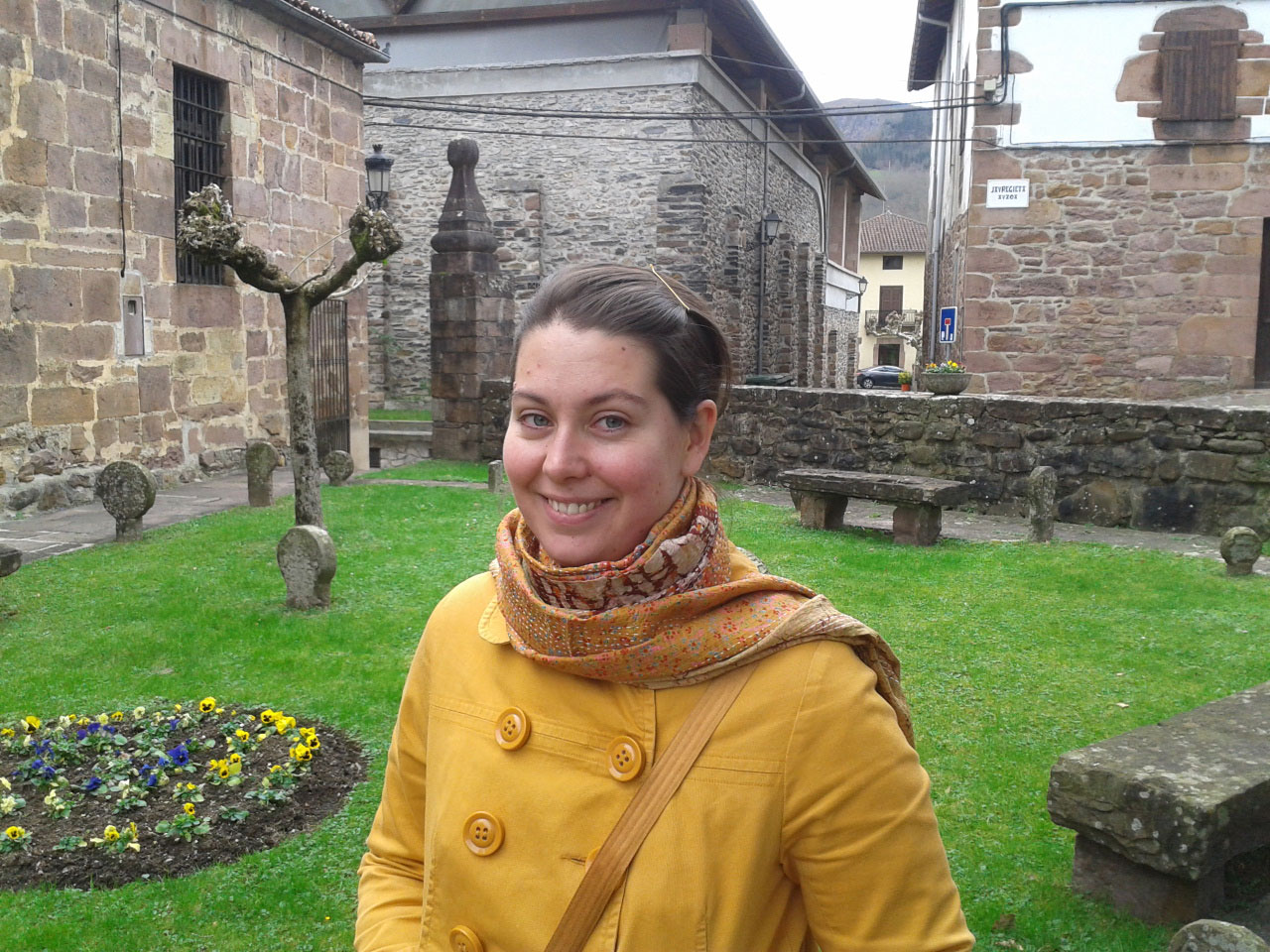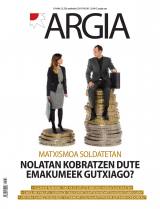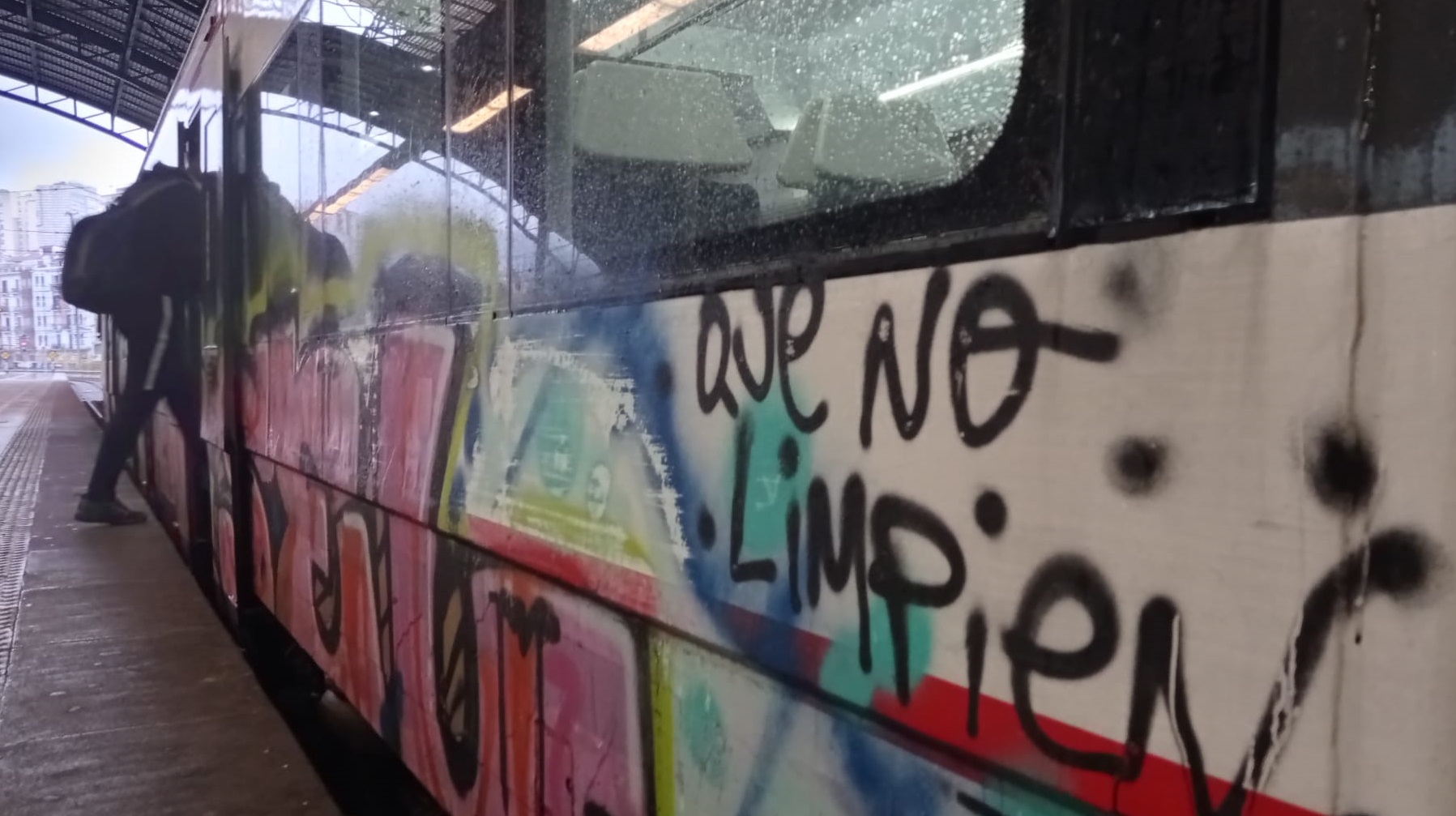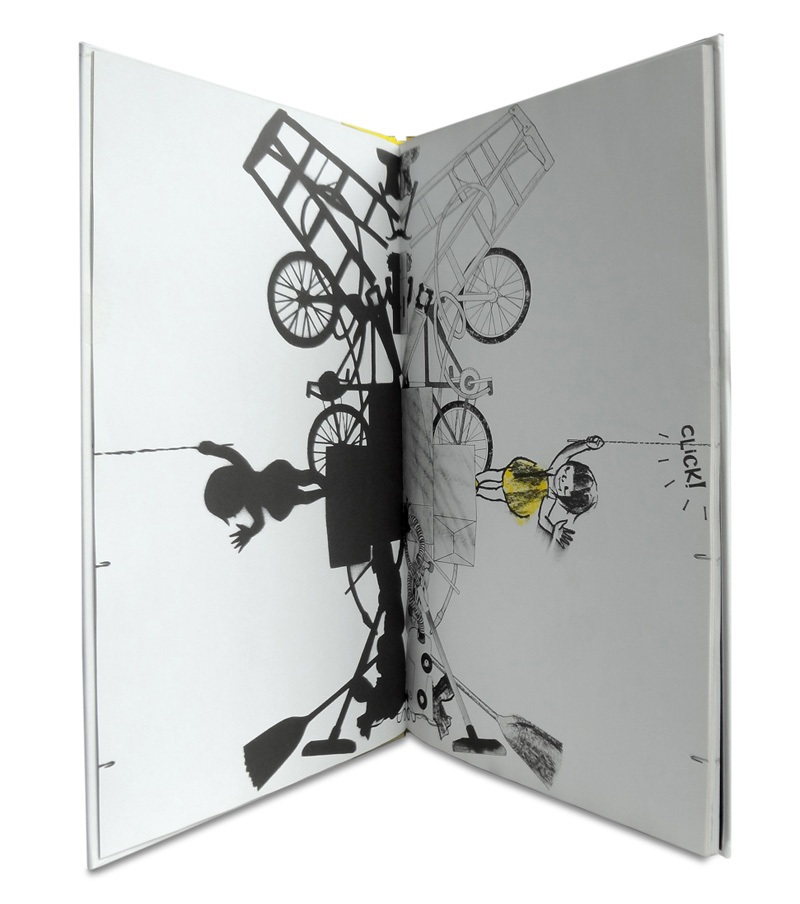"We should be tougher on museums with public money."
- Haizea Barcenilla (Lezo, 1981) is an art critic and curator and professor of Art History at the UPV/EHU. In the columns of the journal Berria offers a close and critical look at the latest events of the return to art. We have tried to prove this rigour by asking ourselves about the functioning of museums, the role of institutions and the art of precariousness.

This year 2016 has gone as it has come, before you realize it. For some it will be the year of the death of Fidel Castro and Leonard Cohen, the novel of Bob Dylan, the arrival of Ángela Davis to Euskal Herria, the photograph of Joseba Sarrionandia, the gold medal of Maialen Chourraut…
But it has also been the year in which “culture”, “art” and similar have been repeated in the mouths of institutional representatives under the pretext of the Cultural Capitality of Donostia. Since the Guggenheim was built, none of that has been remembered. And the paradox: it has also been the year in which the workers of the museums Guggenheim and Fine Arts in Bilbao have denounced the precariousness of the showcase of art.
“I think that what has now been done at the Museum of Fine Arts in Bilbao is a great step backwards. Miguel Zugaza is appointed director without selection process”
Although the demands are similar, the result of both workers has been very different. The workers who paid attention at the Museum of Fine Arts in Bilbao agreed to a salary hike after a 41-day stoppage in the pool. The Guggenheim, on the other hand, has laid off 18 subcontracted educators and educators who demanded decent conditions to hire three people instead.
An essential reading to understand all of this is: The cultural policies published by Haizea Barcenilla in the issue of July-October of Jakin: the article of paradigm shift and the succession of facts to which he refers. He explains that the creation of the Guggenheim Museum Bilbao as a foundation that receives public money, instead of public institutions, was a domino effect: The Museum of Fine Arts of Bilbao and the Artium of Vitoria, for example, followed the same path. We have asked him about these foundations, about their relationship with the institutions and about the precarious situations it generates. Although he is making a month-long artistic stay in Tokyo, he has offered us a space to respond.
The conflict between the employees of the Guggenheim and the Museum of Fine Arts in Bilbao has soon erupted. What's behind that? Has the different outcome had to do with the attitude of public institutions in one case and another?
Legally, it's the two foundations, there's not much difference. They are not public and have special legal status. But the Museum of Fine Arts is almost entirely supported by Basque public institutions, while the Guggenheim has a special agreement with the Guggenheim Foundation of the United States. The institutions put very little hand in the Guggenheim, and a little more in the Museum of Fine Arts, if only in some concrete things. For example, the director has been able to be elected at his will and has total freedom to do what he wants, almost without any planning whatsoever. However, I believe that in the case of the Museum of Fine Arts an attempt has been made to resolve the conflict that has occurred with the workers. In the case of Guggenheim no.
Are these precarious working conditions related to the foundation of these museums? Or, in other words, does it seem to you to be the right formula?
I think that is dangerous. Despite the fact that a very high percentage of revenue is public and the provision of public services, it is legally not public. They are therefore entitled to establish with the workers their specific working conditions. They do not have to comply with the hiring systems that must be complied with in a public institution, they do not have to make public calls … In the election of senior officials, on the one hand, and in the working conditions of the workers, on the other, they have the freedom that is often misused.
What is the influence of public institutions on this?
In the event of disagreement, the only remedy is the withdrawal of the subsidy. That would be a very radical decision, which would only be taken in very extreme situations. Therefore, the probability of acting is low. Obviously, in programming they must be independent, because some of the critics are political and others are artistic. But, on working conditions or on an equal footing, institutions must be given more weight.
On the other hand, subcontracting, which also exists in non-foundations, also influences this. In lockers, in classroom care, in education… Many of those in this type of work are subcontracted, and there is always a company that carries some of the money, that does not want to improve the conditions of the workers. For museums, it's a way for people not to be in the group, and in addition, every three or four years, when you take out the hiring, you try to cut costs. Let us suppose that three companies are presented: the one with the cheapest economic offer will have more points, so the working conditions in subcontracting are a great opportunity.
“What happens at the Museum of Fine Arts in Bilbao strikes me as very serious: it does not buy or teach works done by women”
What would be the minimum obligations of these foundations with public money?
There are some obligations that should be essential. There is, for example, a guide detailing what good practices are for hiring people for the top positions. It was accomplished in Tabakalera, so the director Ane Rodríguez entered, and it is also applied at the international level. Compared to that, I think that what has now been done at the Museum of Fine Arts in Bilbao is a big step backwards. Miguel Zugaza has been appointed director without a selection process. I have no doubt about his ability, but he has not competed with anyone and has not had to submit any projects.
Following on from the Museum of Fine Arts in Bilbao, I find it very serious what happens: it does not buy or teach works carried out by women. I find it shameful that public institutions recognise this. I believe that at least three things should be required: open avenues for the election of senior officials, minimum working conditions and the guarantee of equality.
This is not a museum or a particular space, but the great event that this year has confronted art with public institutions has been the cultural capitality of Donostia.
If we look at precariousness only from salary, I don't think the 2016 workers have a bad wage. What happens is that far fewer people are hired than they need. The same is true of Tabakalera and many other museums. People don't get to do their jobs and many have to do extra hours constantly. That, in the end, is another form of precariousness, because a person is asked to work with two people.
There's another kind of precariousness that's closely tied to these kinds of events. You get a lot of money in a short time, a lot of people get a job, but at the end of the year everyone goes to the streets. In conclusion, we have a lot of people who are prepared and courageous, but who are not going to have a lot of work in that field. If more money has been allocated to culture for five years, it means that it has been removed from other areas, and surely now it will be taken away from culture to return them to those others. Therefore, jobs will also be reduced.
Banks also tend to participate in large foundations and spaces related to art… Do you have any risk?
For me, these institutions should be public and provided only with public money. This does not mean that all collaborations are bad, as long as they do not involve interference. Banks usually don't have a very critical view of art. They promote a more tender, easier, superficial art… This can lead to cutting out more experimental, more critical or more provocative practices. I do not think that is the case with Tabakalera, because the spaces are very divided, but when budgets are cut, I see the risk that this will happen.
Parties and public institutions value art on many occasions to the extent that it is avant-garde and spectacular…
In recent times, priority is given to what is most sporadic. Everything has to be intense and attracting a lot of people in a short time. This is usually not a good state for art. Art needs research, work, time… and then bring to light the final result. Visibility is just one part of the process.
In this sense, we must not forget that in the art world the precarious are not the workers of museums, but the artists. They are the ones who fill museums and art centres, but also the ones who have the most difficulties.
“In the case of the Museum of Fine Arts, public institutions have tried to resolve the conflict that has occurred with the workers. But not the case of the Guggenheim”
What can be the role of public institutions in reversing this situation? Do you make any effort?
Not enough progress has been made. Almost everything is yet to be done. In addition, in recent years we have regressed. As a result of the crisis, in many places the remuneration granted to artists has been cut. I know that in some cases it is offered to show up without charging anything, even in big events and places that move a lot of money.
There are residences and stays, but they are usually short and do not give a livelihood, but money for production. It's great for artists, but they have to combine it with another job, and then, in the off-the-shelf hours, carry out these projects. There are other ways to collaborate. That of the Netherlands, for example, was well known. Scholarships of two or three years were granted to beginners to carry out their work, always after a selection phase. The state paid for them to develop as artists and then, in return, they had to make publications and lectures, but at least they had a way to get started. In Euskal Herria, today, there will be at most five artists who can only live doing art, no more.
This text comes two years later, but the calamities of drunks are like this. A surprising surprise happened in San Fermín Txikito: I met Maite Ciganda Azcarate, an art restorer and friend of a friend. That night he told me that he had been arranging two figures that could be... [+]
On Monday afternoon, I had already planned two documentaries carried out in the Basque Country. I am not particularly fond of documentaries, but Zinemaldia is often a good opportunity to set aside habits and traditions. I decided on the Pello Gutierrez Peñalba Replica a week... [+]

























